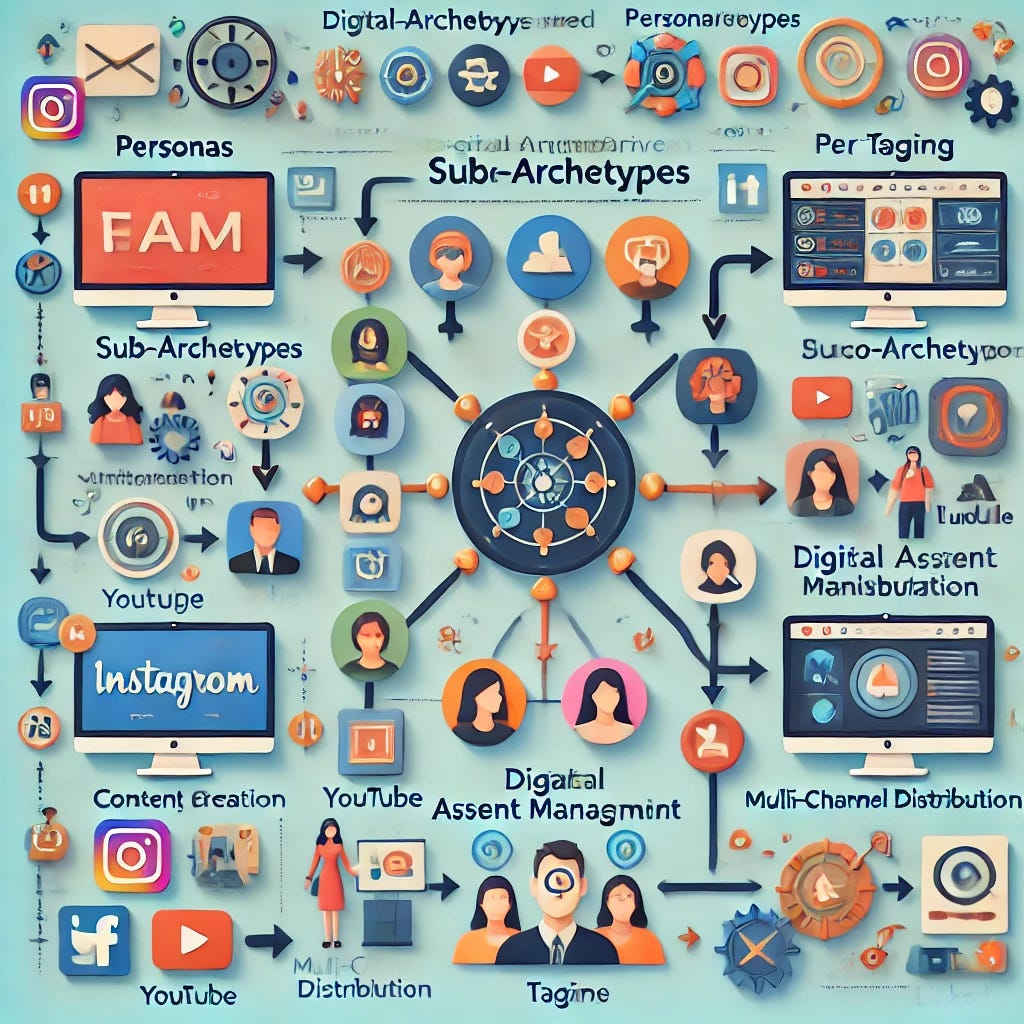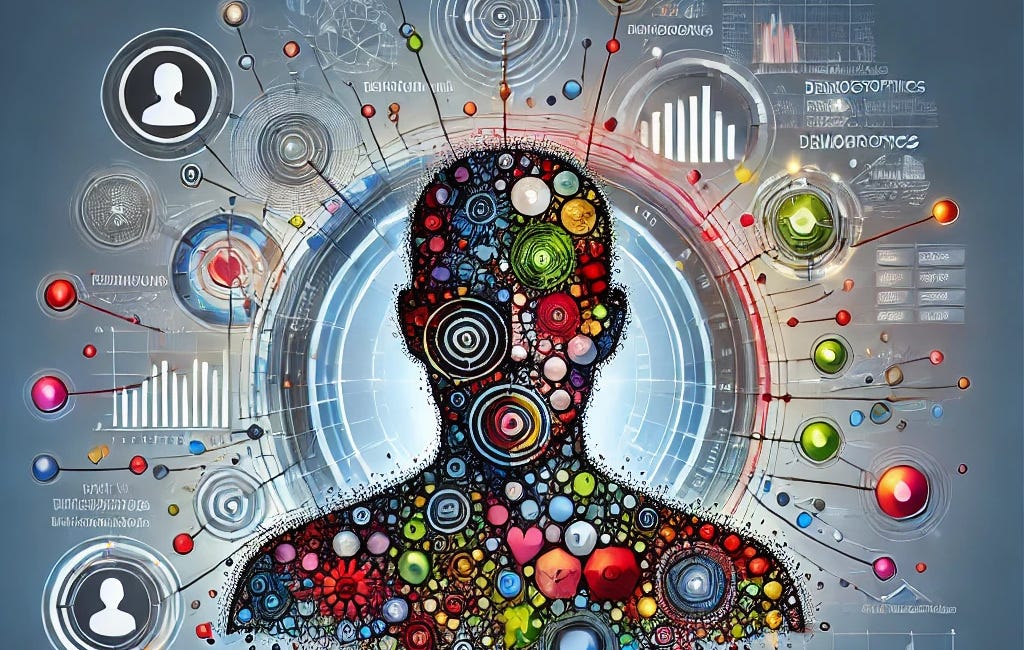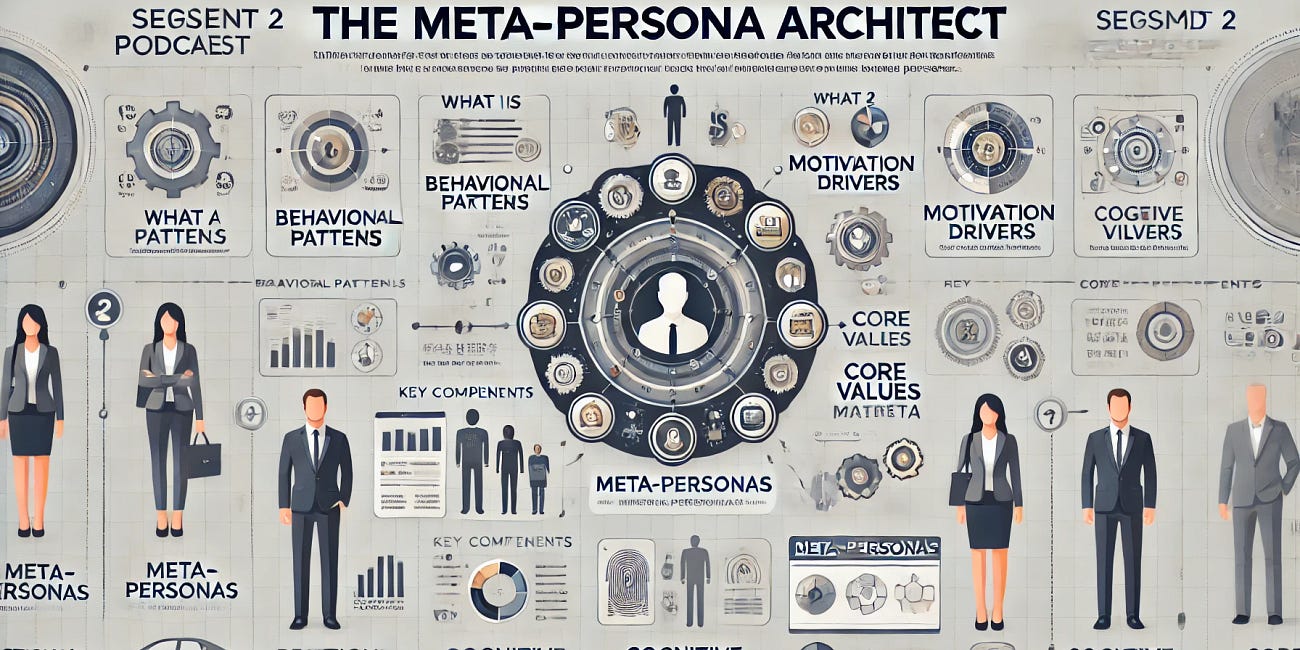Why Archetypes Are the Future of Content Personalization
How Archetype-Driven Workflows Transform ROI
Archetype-driven workflows transform content from one-size-fits-all to precision-targeted storytelling, aligning every asset with audience motivations and driving deeper engagement across all channels. – Meta Intelligence
Unlocking the Future of Content Strategy: How Archetype-Driven Workflows Transform ROI and Personalization
In a world where consumers expect content that speaks directly to their unique identities, brands face the complex challenge of delivering truly personalized experiences at scale. But achieving this level of precision demands more than just broad demographic segmentation. Today, archetype-driven workflows offer a revolutionary approach that allows brands to break down audiences into nuanced personas and deliver highly relevant, impactful content across all channels. This shift is not just about better targeting—it’s about reimagining content production, distribution, and analytics in a way that creates lasting engagement and drives measurable returns on investment (ROI).
By leveraging Digital Asset Management (DAM) systems, metadata, and archetypes, brands can establish content workflows that streamline operations and enhance audience engagement both behind and beyond the firewall. This article explores how brands can achieve game-changing ROI through a structured, archetype-based content strategy and why now is the time to invest in this transformative approach.
Why Archetypes Are the Future of Content Personalization
In traditional content strategies, brands often rely on basic customer personas, which offer a surface-level understanding of their audience based on demographics and general behaviors. While useful, personas often fall short of today’s personalization standards, especially as audiences become more diverse and dynamic.
Archetypes, on the other hand, represent universal personas that tap into core human motivations and emotional drivers. By structuring audiences into archetypes (such as the Innovator or Connoisseur), and then drilling down into sub-archetypes and micro-archetypes that reflect specific traits and preferences (e.g., “Tech Pioneer” or “Eco-Tech Enthusiast”), brands can design content that resonates on a much deeper level. This archetype-driven model allows brands to personalize messaging at an unprecedented scale, enabling a level of engagement that transcends traditional marketing methods.
From Strategy to Execution: Building an Archetype-Driven Content Workflow
An archetype-driven approach involves embedding archetype metadata into every phase of the content workflow—from creation and tagging to distribution and performance analysis. Here’s a snapshot of how this approach plays out and why it yields such impressive results.
Content Creation and Tagging:
By defining archetypes, brands can develop tailored content templates that guide teams in producing assets that match each archetype’s specific motivations. For example, an Eco-Tech Enthusiast might respond best to content emphasizing sustainability and environmental impact, while a Luxury Innovatorseeks exclusivity and high-end design.
Tagging assets with archetype-specific metadata makes it easy to find, retrieve, and repurpose content quickly, saving time and aligning content with each audience segment’s unique preferences.
Cross-Functional Collaboration:
With a shared archetype structure, internal and external teams can seamlessly collaborate, ensuring that each department is aligned on audience segments, messaging, and distribution channels. Archetype-based workflows enable streamlined approval processes, reducing time-to-market and enhancing campaign agility.
Multi-Channel Distribution and Personalization:
By tagging archetypes with preferred channels, brands can automate content distribution across each archetype’s most engaging platforms. For instance, videos tailored to Tech Pioneers might be automatically published on YouTube and LinkedIn, while visual-first content for Trendsetters could be pushed directly to Instagram and TikTok.
Data-Driven Optimization:
Archetype-specific analytics allow brands to track performance with precision, showing which archetypes respond to what types of content, messages, and channels. This level of insight helps teams continuously refine strategies and improve ROI by focusing on the highest-performing content for each audience.
The ROI of Archetype-Driven Content: Quantifying Success
The value of an archetype-driven approach extends far beyond creative efficiency—it produces measurable financial returns. Here’s a look at how this method impacts ROI through time and cost savings, increased revenue, and conversion improvements:
Cost Savings: With streamlined asset retrieval and tagging, teams save hundreds of hours annually, reducing labor costs. In one model, asset retrieval time decreased by 50%, saving approximately $18,750 in time costs. Simplified workflows also encourage more effective content reuse, saving $100,000 annually by minimizing the need for new content creation.
Increased Revenue from Higher Engagement: Personalization boosts engagement. By enhancing engagement rates by 20%, an archetype-driven approach led to a projected annual revenue increase of $1,800,000 across channels.
Improved Conversion Rates: Conversion rates improved by 15% when archetype-driven content was applied, leading to an estimated incremental revenue of $450,000 annually. This shows that archetype personalization doesn’t just engage audiences—it actively drives purchasing behavior.
The overall ROI of an archetype-based content workflow is impressive. In a calculated model, a $500,000 initial investment in DAM systems, metadata, and training yielded a 373.75% ROI, showing that the approach more than pays for itself by maximizing engagement, efficiency, and conversions.
Streamlining Workflows Behind and Beyond the Firewall
Archetype-driven content workflows also simplify processes both internally (behind the firewall) and with external partners (beyond the firewall), creating a cohesive strategy that seamlessly bridges departments and collaborators.
1. Behind the Firewall: Enhancing Internal Team Efficiency
Internally, metadata-tagged archetypes offer a clear, structured approach to content creation, retrieval, and management. Teams from marketing to compliance can quickly locate content based on archetype tags, reducing redundant efforts and streamlining approval processes. For example, DAM metadata allows compliance teams to automate asset reviews for sensitive archetypes, such as those focused on high-net-worth individuals, ensuring brand alignment and regulatory adherence.
2. Beyond the Firewall: Optimizing External Partner Collaboration
Externally, partners benefit from archetype-driven workflows as well. Archetype-based templates and metadata provide clear guidelines for external agencies, affiliates, and vendors, making it easy to create consistent, on-brand content without extensive oversight. Partners can access only pre-approved assets and archetype-specific tags, eliminating security concerns and enabling faster deployment across various marketing channels.
Potential Pitfalls and Mitigations
While the benefits of an archetype-driven approach are substantial, it’s important to address potential risks and ensure that processes remain agile and adaptable.
Over-Segmentation: Defining too many micro-archetypes can complicate workflows, dilute brand messaging, and strain resources. To avoid this, brands should focus on archetypes that offer the most impact and streamline content for key audiences rather than creating excessive variations.
High Initial Investment: Setting up an archetype-driven DAM and metadata framework requires an upfront investment in systems, data analysis, and training. Brands can mitigate costs by piloting the approach with a few high-priority archetypes to build a foundation before scaling.
Maintaining Relevance: Consumer behaviors and preferences shift over time, meaning archetypes must be periodically revisited. Establishing a cadence for archetype review and updating metadata ensures that workflows remain relevant and that content aligns with current audience expectations.
Looking Ahead: The Power of Archetype-Driven Personalization
The era of static content workflows is over. As brands move toward greater personalization, archetype-driven workflows offer a powerful way to make content more relevant, efficient, and profitable. With streamlined workflows, automated distribution, and clear performance insights, brands can maximize ROI and create impactful, memorable experiences for every audience segment.
Investing in an archetype-based content strategy is a long-term play that promises significant rewards. As the digital landscape grows more complex, brands that leverage archetypes, sub-archetypes, and micro-archetypes will be the ones leading the way—crafting content that resonates, converting audiences into loyal customers, and setting a new standard for engagement in the modern market.
Podcast: The Power of Meta-Personas
Metadata Personas: The Strategic Backbone Across Business Functions
What is a Meta-Persona?
Welcome back! In Segment 1, we explored the idea that while traditional personas are helpful, they can be limited in scope. Today, we’re diving deeper to answer a fundamental question: What exactly is a Meta-Persona, and how does it differ from your typical personas?




